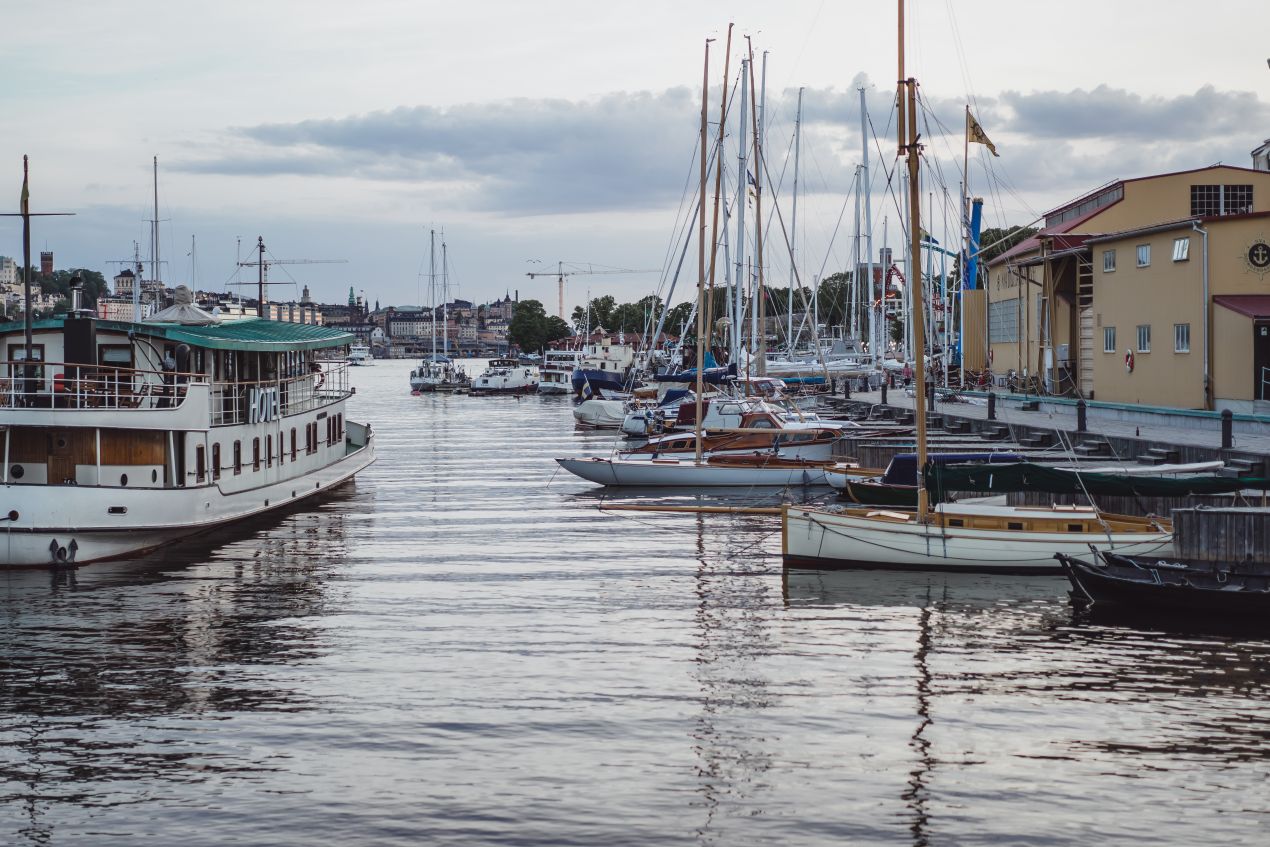The classic image of a marina—rows of boats gently bobbing in their slips, the sound of halyards clinking against masts—is a timeless picture of waterfront life. For decades, the core function of a commercial marina dock has remained unchanged: to provide a safe harbor for vessels. But beneath the surface, a profound transformation is underway. The marina of tomorrow is evolving from a passive parking lot for boats into a dynamic, intelligent, and eco-conscious ecosystem.
The future of commercial marina docks is being charted by two powerful currents: the integration of smart technology and a deep commitment to sustainable design. For marina owners and developers, embracing these trends is no longer a luxury—it’s a strategic imperative for building a resilient, profitable, and desirable waterfront destination.
The Dawn of the ‘Smart Marina’
The most significant leap forward in marina design is the advent of the “Smart Marina.” This isn’t just about adding Wi-Fi to the docks; it’s about creating a fully interconnected, data-driven environment powered by Artificial Intelligence (AI) and the Internet of Things (IoT). This technology is revolutionizing every aspect of marina operations.
Imagine a system where AI-powered software optimizes berth allocation in real-time, analyzing vessel sizes and departure schedules to maximize slip usage and revenue. Sensors integrated throughout the facility monitor energy and water consumption, allowing management to pinpoint leaks, reduce waste, and lower operational costs.
Perhaps the most valuable application is predictive maintenance. By placing sensors on critical infrastructure like fuel pumps, electrical pedestals, and even the dock structure itself, an AI system can detect subtle signs of wear and predict equipment failures before they happen. This proactive approach minimizes emergency downtime, prevents catastrophic failures, and dramatically enhances safety for everyone.
The boater experience is also getting a smart upgrade. Virtual marina assistants, accessible via smartphone apps, can handle everything from booking a slip to providing real-time weather alerts and local marine traffic information. This technology is even preparing for the next wave of innovation: self-docking boats. These autonomous vessels will require docks that are not just static structures but active technology platforms capable of communicating data on position, availability, and local conditions to ensure a perfect landing every time.
Building Green from the Water Up
Alongside this digital revolution, a green revolution is reshaping the physical construction of marinas. Sustainability has moved from a niche consideration to a core business principle, driven by both environmental responsibility and savvy long-term economics. The focus is on choosing materials that are durable, low-maintenance, and kind to the marine ecosystem.
Modern eco-friendly dock materials include:
- Recycled Composites and Plastics (HDPE): Often manufactured from post-consumer waste like milk jugs, these materials are exceptionally durable and require almost no maintenance. Crucially, they don’t contain the chemical preservatives found in treated wood that can leach into the water and harm aquatic life.
- Sustainably Sourced Wood: For those who prefer a traditional aesthetic, options like cedar or woods certified by the Forest Stewardship Council (FSC) offer a renewable choice. These woods are often naturally resistant to rot, reducing the need for chemical treatments.
- Aluminum: As a dock-building material, aluminum is lightweight, strong, and corrosion-resistant. Its greatest environmental advantage is its near-infinite recyclability, which reduces waste and the demand for new raw materials.
Sustainable practices extend beyond the docks themselves. In many environments, floating dock systems are preferred as they have a smaller environmental footprint than fixed docks, which require driving piles that can disturb the seabed. Onshore, marinas are installing solar-powered lighting to cut energy consumption and designing landscapes with native vegetation and permeable pavers to filter stormwater runoff before it enters the water.
A Smarter, Greener Horizon
The true power of this evolution lies in the synergy between smart technology and sustainable design. An AI system that optimizes a marina’s lighting and HVAC use not only cuts costs but also shrinks its carbon footprint. A dock built from recycled materials becomes even more valuable when its structural integrity is monitored by IoT sensors, extending its lifespan and ensuring safety.
The commercial marina dock is no longer just a means to an end. It is becoming the heart of a sophisticated, service-oriented experience. By investing in intelligent systems and eco-friendly construction, marina owners are not just building for the next season; they are creating the premier, future-proofed waterfront destinations of tomorrow.

